
Photos of All India Congress Convention in Bombay 7-8 August 1942 displayed in the month-long exhibition to commemorate the 75th Anniversary of the Quit India Movement and the Azad Hind Fauj in the Bhopal Regional office of the National Archives of India, (NAI).
By Pervez Bari, Maeeshat.in,
Bhopal, Oct. 09 : A month-long exhibition to commemorate the 75th Anniversary of the Quit India Movement and the Azad Hind Fauj is underway here in the city at the Bhopal Regional office of the National Archives of India, (NAI), located behind MLB Girls College neat Polytechnic.
The exhibition is based on public records, private papers, photographs, newspaper reports and proscribed literature banned by the British Government which came out during the last phase of freedom movement. Some of original papers are on display in this exhibition.
The exhibition has large digital content which can be accessed through interactive mode. The film presenting the passing of the “Quit India Resolution”, arrest of freedom struggle leaders, the role of INA and Subhas Chandra Bose is also on display.
The exhibition “Quit India” and “Chalo Dilli” – 75th Anniversary (1942-2017) was inaugurated by Ajatshatru Srivastava, Commissioner, Bhopal Division on October 2 and it will continue till November 3rd, 2017. Dr. M. A. Huque, Deputy Director NAI, New Delhi, Mrs. Pranjana Sinha, Assistant Director of Archives, National Archives of India, Regional office, Bhopal, Archivist in the Regional office Mirza Mumtaz Baig and others welcomed the Commissioner with floral bouquets.
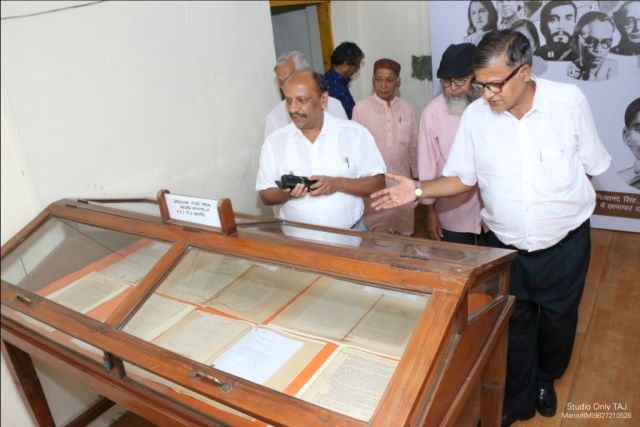
Dr. M. A. Huque, Deputy Director NAI, New Delhi, explaining about the papers of princely Bhopal state put up in the exhibition to Ajatshatru Srivastava, Commissioner, Bhopal Division, who inaugurated the exhibition.
Thereafter, Commissioner Ajatshatru Srivastava, who has been a student of History, went round evincing keen interest in each section of the exhibition. Dr. M. A. Huque conducted the Commissioner through the exhibition while explaining the background of each exhibit on display and answered his queries also.
Later, Commissioner Ajatshatru Srivastava giving his impressions about the exhibition told this correspondent that the Quit India Movement helped in the unification of the whole country wherein several princely states joined hands to support the movement to unyoke the British rule from India. It was an important milestone in the Indian Freedom Movement. This movement had international ramifications. He appreciated the NAI for organising such an exhibition which will enable the public at large to be ware what the elders under the leadership of Mahatma Gandhi paid price to attain freedom from foreign rule.
Meanwhile, the exhibition is spread over four sections viz. 1. The Prelude to the Quit India Movement; 2. The Actual Movement; 3. The Impact of the Movement and 4. The Indian National Army and Azad Hind Fauj.
(1) The Prelude to the Quit India Movement: The Section displays documents/reports pertaining to the coming of the Cripps Mission to India and its failure, Gandhiji’s description of the offer of the Mission as “post-dated cheque”. The section also depicts the All India Congress Committee resolution of 14 July 1942 at Wardha and its adoption on 8 August 1942 in Mumbai.
(2) The Actual Movement: This section includes the coining of the term “Quit India” and “Do or Die” by Yusuf Mehar Ali, besides Mahatma Gandhi’s message in his own words ‘Karenge Ya Marenge – Mat Puccho Kyon’. Depicting the calendar of events, the section also highlights the role of important personalities like Sarojini Naidu, Suchita Kripalani, Aruna Asaf Ali, Ram Manohar Lohia, Jai Prakash Narayan, J.B. Kripalani and Usha Mehta (who was instrumental in setting up private radio broadcast).
(3) The impact of the Movement: The section reflects the disturbances that occurred all over the country after the arrest of the prominent leaders on 9th August 1942. The exhibits also showcase the parallel governments that were set up in different parts especially in Midnapur, Satara, Ballia, Tamluk (West Bengal) etc.
(4) The Indian National Army and Azad Hind Fauj: The important documents displayed in this section consist of Indian Independence League, Tokyo 1942, message of Rash Bihari Bose 1942, publicity material, including various posters and banners of Azad Hind Fauj etc.
The last portion in the exhibition is assigned to the message of the Prime Minister, who while addressing the nation via “Man ki Baat” on 30th July 2017, gave a call to our countrymen and women to come together to launch a new ‘Quit India’ Movement:
• Filth – Quit India; • Poverty – Quit India; • Corruption – Quit India; • Terrorism – Quit India; • Casteism – Quit India; • Communalism – Quit India.
The need of the hour is not ‘Do or Die’, instead, to resolve, to come together, persevere, and work relentlessly for making a new India.
Meanwhile, giving a regional touch Archivist Mirza Mumtaz Baig has also arranged exhibits from NAI’s Bhopal regional office in the exhibition. Apart from 29 reproduced visual panels and two L. E. Ds displaying various aspects and stages of Quit India Movement, some selected original files from the record holding of National Archives of India, Regional Office Bhopal have also been kept for display in three show cases. These files are unique in a manner that they have been placed on display for the general public and more importantly these are the primary sources and testimony to the related historical events and speak the truth.
Much before the coining of the ‘Quit India’ slogan the British Empire had to face most difficult times of her history in the shape of Second World War that not only plunged the stream of history but also created a great question mark for her survival in Asia. They were so confused that they started seeing every foreigner with suspicion (a secret circular dated 18 April 1941).
Following the ‘Quit India” agitation the British administration instructed its allies and Provincial Governments to ensure safety and security of Postal and Railway services (from Secretary, Civil Defence Department, Bhopal to the Secretary to Govt. of Bhopal, dated 2.9.1942 and, from Political Agent at Bhopal to Political Member, Govt. of Bhopal, dated 31.7.1943). Even the sale of chemicals and explosives were controlled with certain exceptions (Political Agent at Bhopal to Political Member, Govt. of Bhopal, dated 29.7.1943). The release of Congress Security Prisoners from jail or confinement after taking an undertaking that they will not indulge in further subversive activities was criticized by the press and hence the British Administration started celebration to cope up this criticism and search a safe and secure exit for the Congress men (Express letter from Additional Secretary to Govt. of India to all Provincial Govts. dated 22nd October 1943).
Files providing information on the presence and activities of “Khaksars” and Communist Party far “Peoples War” have also been displayed. Two files throw light on the response of the Princely States to the Cripps Proposal. One file gives a brief history of Bhopal-British relationship particularly during the Second World War. Two files provide information on the steps taken by the British Administration to ‘maintain the public morale’ and to remove all subversive elements in order to inculcate in public a feeling of unity “against the Nazism and Fascism”.
And finally a file is related to the Merger Movement in Bhopal when Dr. Shankar Dayal Sharma organized a public gathering at Unani Shifakhana Maidan on 6th January 1949 and consequently he was arrested.
It may be mentioned here that from August 9th, 2017 to September 1st, 2017 this exhibition was first held in NAI headquarters at New Delhi. The exhibition was then inaugurated by Dr. Mahesh Sharma, Union Minister of State (I/C) for Culture & Tourism.

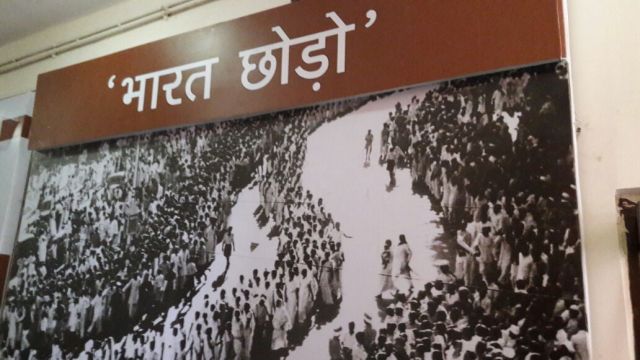

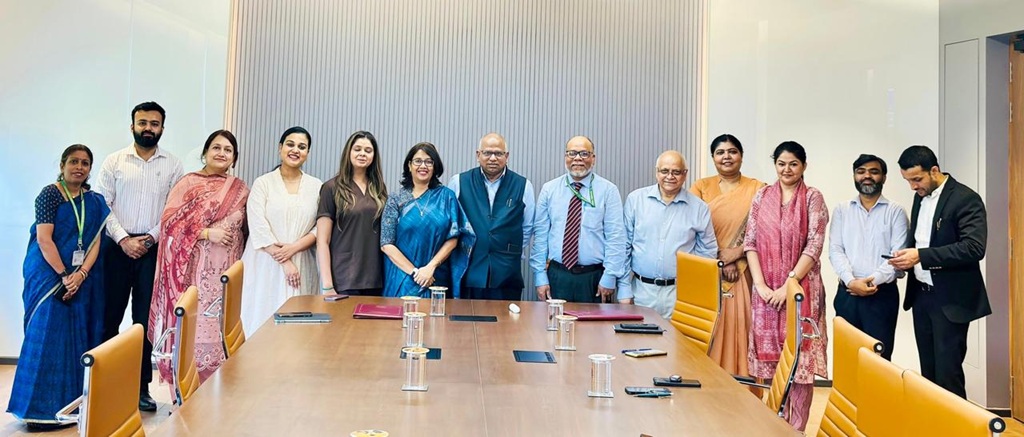

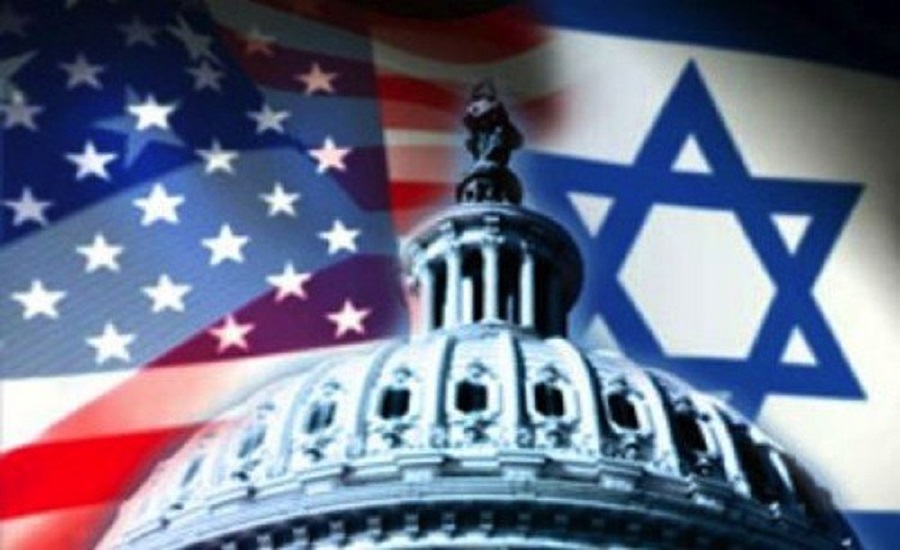
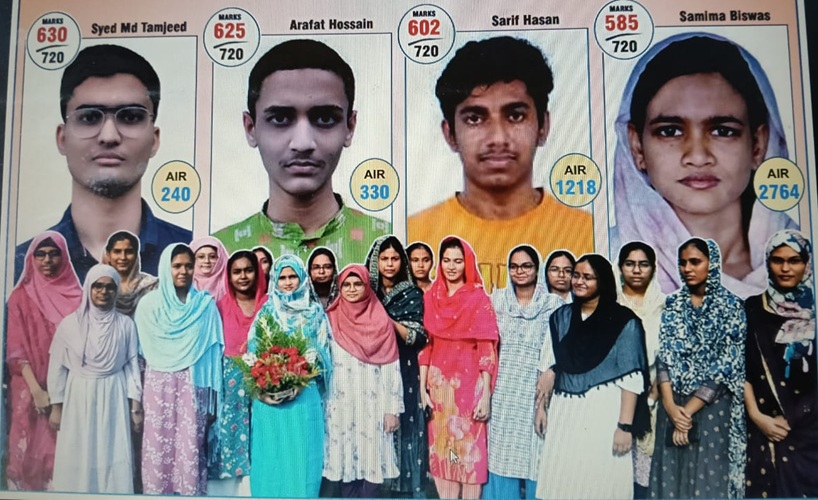
0 Comments